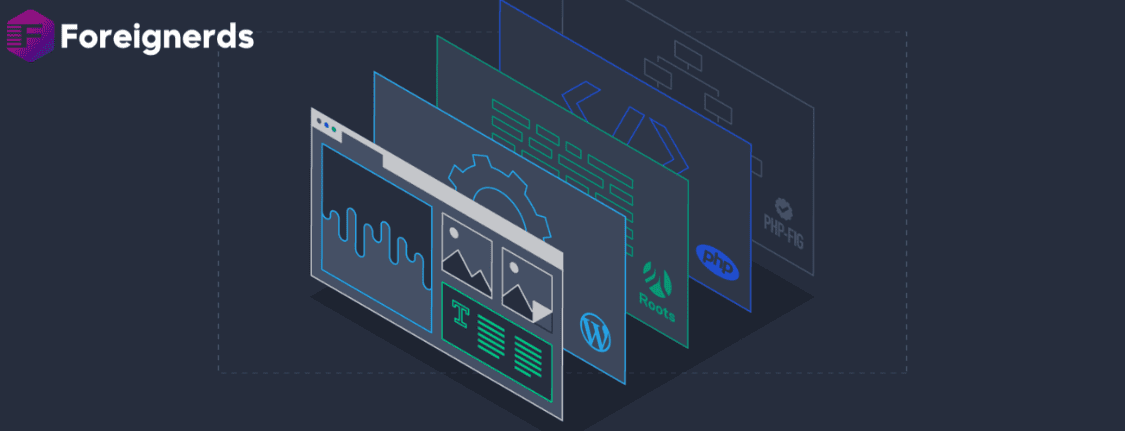- Home
- software development
- Understanding the Capitalization of Software Development

In the ever-evolving landscape of software development, understanding the nuances of software capitalization is crucial for optimizing your financial strategies and reaping the benefits of long-term asset management. This article dives into the depths of software capitalization, providing insights on what it means, the criteria for capitalization, the challenges it poses, and how it applies to modern Agile methodologies.
Software capitalization is a financial practice that involves recognizing software development costs as long-term assets rather than immediate expenses. Instead of recording these costs on the income statement, they are documented on the balance sheet. This method delays the point at which these expenses become taxable, ultimately bolstering your net income, which is an attractive proposition for potential investors.
Not all software development costs can be capitalized, and this practice is governed by the Generally Accepted Accounting Principles (GAAP). To ensure that your costs can be transformed into assets, it is essential to comprehend the criteria that must be met.
Capitalization comes into play for two distinct types of software:
This software, created exclusively for internal purposes, falls under the FASB Account Standard Codification ASC Topic 350. It serves as a valuable resource for your organization and can be capitalized.
For software intended for external use, capitalization is restricted to costs incurred during the technological feasibility phase. This stage signifies the initial design and testing phase, where you have a clear product vision, financing in place, and active product development. Costs that can be capitalized include coding, consulting fees, feature additions, and programmer compensation. However, costs incurred before the product is available for sale must be expensed.
Historically, software capitalization was aligned with the Waterfall development model. However, the emergence of the Agile approach has introduced challenges in adhering to GAAP principles. Agile divides the development process into smaller, more flexible stages, making it harder to identify costs eligible for capitalization.
In the Agile environment, pinpointing the moment of technological feasibility can be challenging. Set-based design offers a solution by ensuring that the product is viable, funded, and on its way to completion. This clarity enables you to start capitalizing costs. With Agile projects, set-based design can lead to unplanned work, potentially increasing project costs. Waydev’s Executive Reports can help identify and report these costs, reducing unplanned work by 21%.
Capitalizing software offers several benefits:
While software capitalization presents advantages, it also brings challenges:
To make the most of software capitalization, you need to carefully navigate the intricate rules and decisions involved. Waydev can be a valuable ally in this journey. With our resource planning feature, you can efficiently track cost allocation throughout your projects and determine which stage of product development they fall under.
Understanding the capitalization of software development is a vital step for any tech company. It can lead to enhanced financial stability, better investment prospects, and more efficient resource allocation. By mastering the rules and implementing the right tools, you can capitalize on the benefits of this practice, ultimately propelling your company to greater success.
© 2013 - 2024 Foreignerds. All Rights Reserved